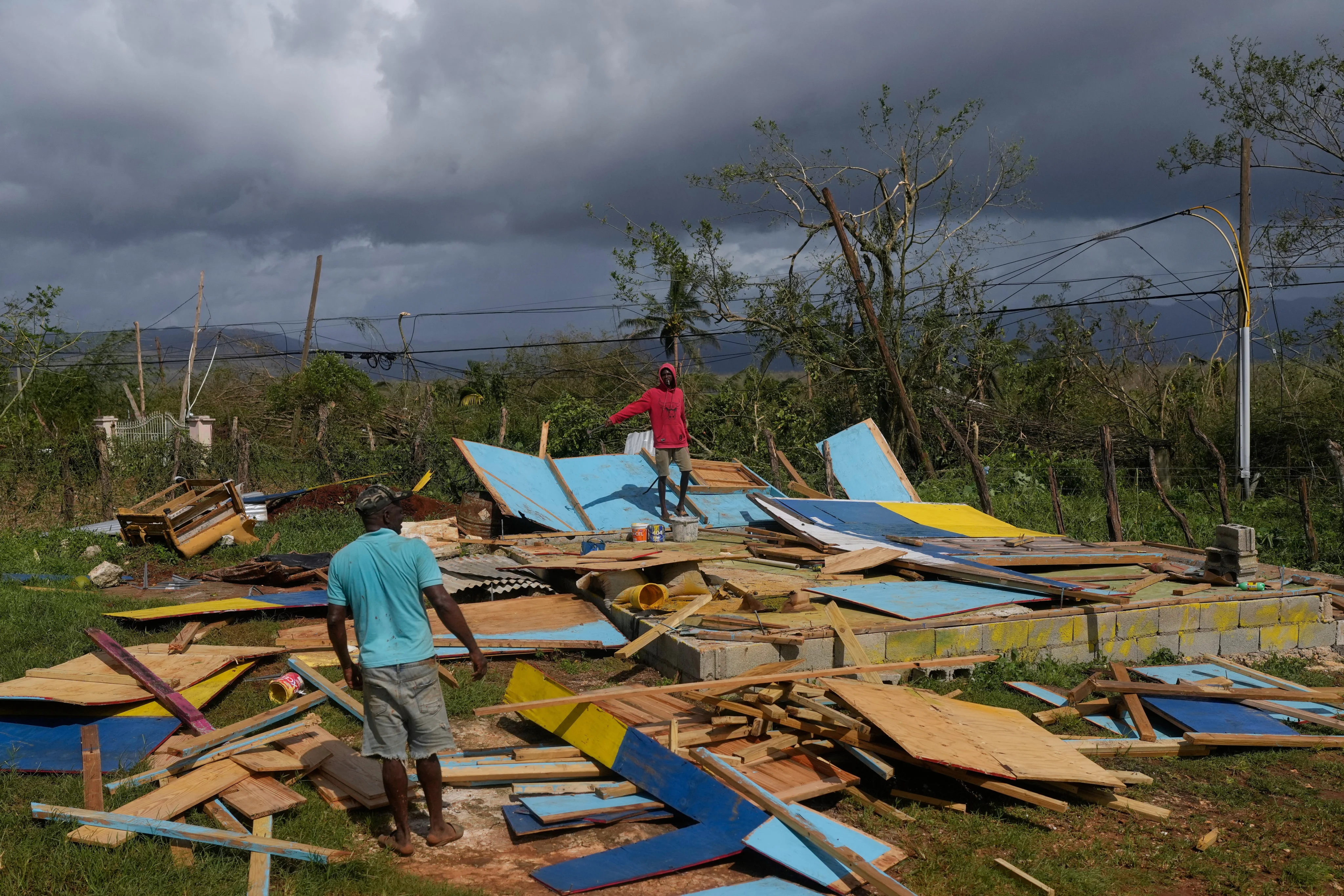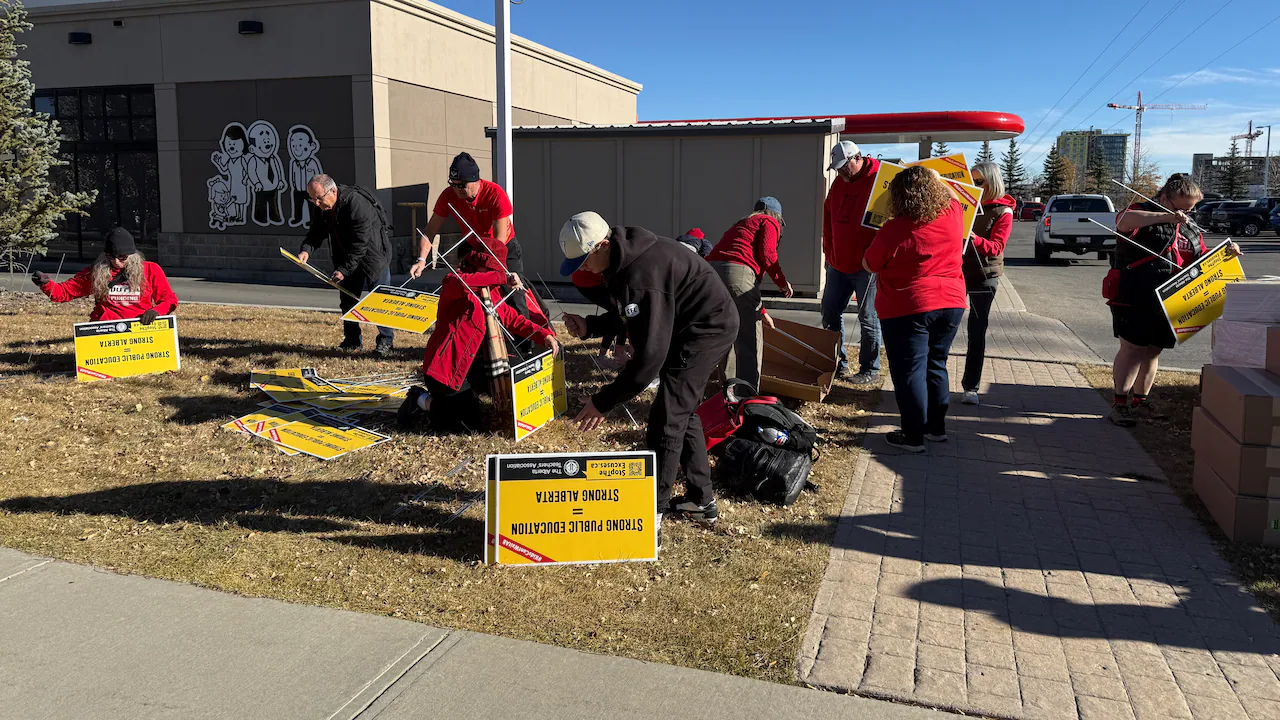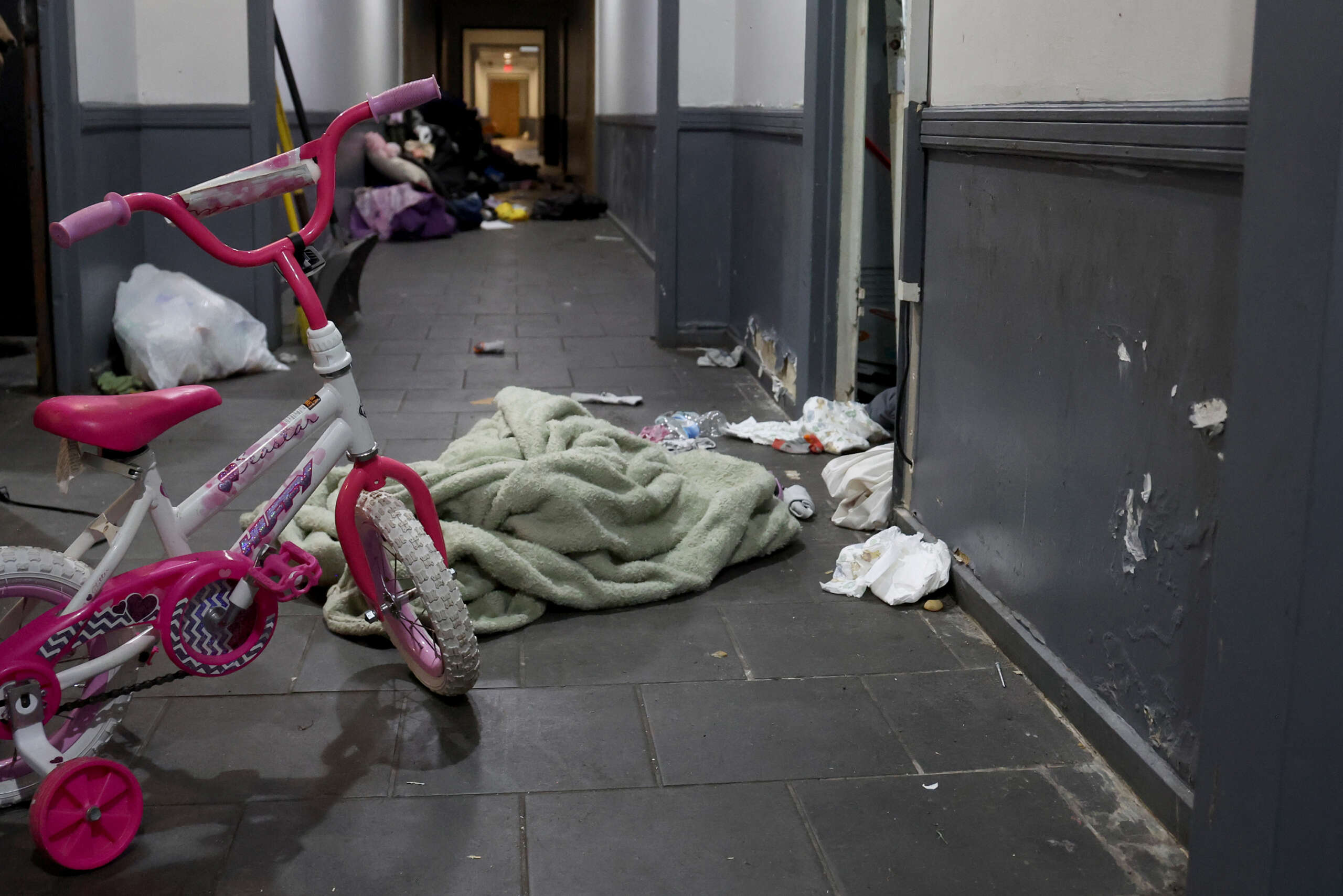Copyright scmp

Hurricane Melissa left dozens dead and widespread destruction across Cuba, Haiti and Jamaica, where roofless homes, fallen pylons and waterlogged furniture dominated the landscape on Wednesday. A landslide blocked the main roads of Santa Cruz in Jamaica’s St Elizabeth parish, where the streets were reduced to mud pits. Residents swept water from homes as they tried to salvage belongings. Winds ripped off part of the roof at a local high school, a designated public shelter. “I never see anything like this before in all my years living here,” resident Jennifer Small said. Melissa made landfall Tuesday in Jamaica as a catastrophic Category 5 storm with top winds of 295km/h (185 mph), one of the strongest Atlantic hurricanes on record, before weakening and moving on to Cuba, but even countries outside the direct path of the massive storm felt its devastating effects. In Haiti, flooding from Melissa killed at least 25 people in the southern coastal town of Petit-Goave, its mayor said. Mayor Jean Bertrand Subreme said dozens of homes collapsed when La Digue river burst its banks and people were still trapped under rubble on Wednesday morning. Only one official from Haiti’s Civil Protection Agency was in the area, with residents struggling to evacuate amid heavy floodwaters. Officials reported collapsed houses, blocked mountain roads and roofs blown off in Cuba on Wednesday, with the most destruction concentrated in the southwest and northwest. Authorities said about 735,000 people remained in shelters in eastern Cuba. “That was hell. All night long, it was terrible,” said Reinaldo Charon in Santiago de Cuba. The 52-year-old was one of the few people venturing out on Wednesday, covered by a plastic sheet in the intermittent rain. In Jamaica, more than 25,000 people were packed into shelters Wednesday and more streamed in throughout the day after the storm ripped roofs off their homes and left them temporarily homeless. Dana Morris Dixon, Jamaica’s education minister, said that 77 per cent of the island was without power on Wednesday. Jamaican officials reported complications in assessing the damage because of outages, noting that “a total communication blackout” in areas, Richard Thompson, acting director general of Jamaica’s Office of Disaster Preparedness and Emergency Management, told the Nationwide News Network. “It’s not going to be an easy road, Jamaica,” said Desmond McKenzie, deputy chairman of Jamaica’s Disaster Risk Management Council. “I know persons … are wondering what their future is going to be like.” At least one death was reported in Jamaica’s west when a tree fell on a baby, state minister Abka Fitz-Henley told the Nationwide News Network. Prime Minister Andrew Holness plans to fly over the most affected areas, where crews were still trying to access areas and determine the extent of the damage, Dixon said. Annette Lowe said it was the worst storm she had ever experienced. “My entire house top is gone, and right now, the back of my house is being threatened by water,” she said. Nearby, David Muschette, 84, sat among the rubble of his roofless house. He said he lost everything as he pointed to his wet clothes and furniture strewn across the grass outside while a part of his roof partially blocked the road. “I need help,” he begged. The government said it hopes to reopen all of Jamaica’s airports as early as Thursday to ensure quick distribution of emergency relief supplies. The United States is sending rescue and response teams to assist in recovery efforts in the Caribbean, US Secretary of State Marco Rubio announced on social media on Wednesday. He said that government officials were coordinating with leadership in Jamaica, Haiti, the Dominican Republic and the Bahamas. In Cuba, parts of Granma province, especially the municipal capital, Jiguaní, were underwater, Governor Yanetsy Terry Gutierrez said. More than 40cm (15 inches) of rain was reported in Jiguani’s settlement of Charco Redondo. The hurricane could worsen Cuba’s severe economic crisis, which already has led to prolonged power blackouts, along with fuel and food shortages. “There will be a lot of work to do. We know there will be a lot of damage,” Cuban President Miguel Diaz-Canel said in a televised address, and urged the population not to underestimate the power of Melissa, “the strongest ever to hit national territory”. The storm was expected to generate a surge of up to 3.6 metres (12 feet) in the region and drop up to 51cm (20 inches) of rain in parts of eastern Cuba. Intense rain could cause life-threatening flooding with numerous landslides, US forecasters said. On Wednesday afternoon, Melissa had top sustained winds of 155km/h (100 mph) and was moving northeast at 22km/h (14 mph), according to the US National Hurricane Centre in Miami. The hurricane was centred about 245km (150 miles) south of the central Bahamas. National Hurricane Centre director Michael Brennan said the storm began affecting the southeastern Bahamas on Wednesday. “The storm is growing in size,” he said, noting that tropical storm force winds now extend almost 322km (200 miles) from the centre. Melissa’s centre is forecast to move through southeastern Bahamas later on Wednesday, generating up to two metres (seven feet) of storm surge in the area. By late Thursday, Melissa is expected to pass just west of Bermuda.



